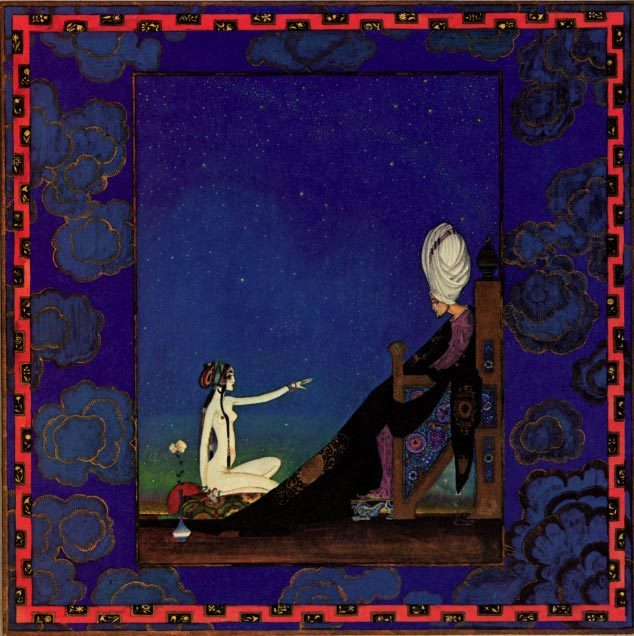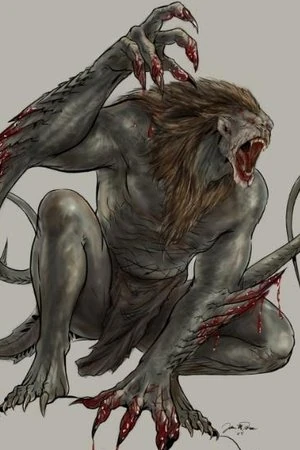The Land of the Dead
Before I read this unit, I thought that maybe this chapter would talk about zombies (just because that's what my generation is all about now). However, when I read the story, I found myself shivering with chills. It's was quiet creepy. A woman died and is woken up in the land of the dead by her grandfather. He gives her a tour of the land of the dead. She found a village where people are beaten with sticks. This village was known as the dog shades so that the dead could feel how living dogs were beaten. I guess in this legends, the shades refer to the people or animals that have died. In other village, a man had roots and grass growing through his joints, and this was his punishment for tearing up the earth when he was alive. The most interesting part was the river in the land of the dead. The river consist of tears from the living who mourn for dead loved ones.
The Ghost Land
This chapter could be developed into a suspenseful horror movie. I shouldn't have read it at night. A man's wife passed out which made the man really depressed. He was so depressed that he wandered off into the woods, walking on the Death Trail. Towards the end of the Death Trail, he found the Ghost's rock. Across the lake, he saw a village. A Ghost Canoe took him across the lake where he found his wife. He brought his wife from the ghost village and to his own village. The man told his father that he brought his wife back. When the chief saw the man, he did not see his son's wife. However, when a robe was placed on the wife's shoulder, the robe floated in the air as if someone was actually wearing the robe. When the wife was eating, the spoon floated as if someone was eating, yet there was no one there. For some reason this didn't freak out anyone in the story!
| Ghost Land. Source. |
















